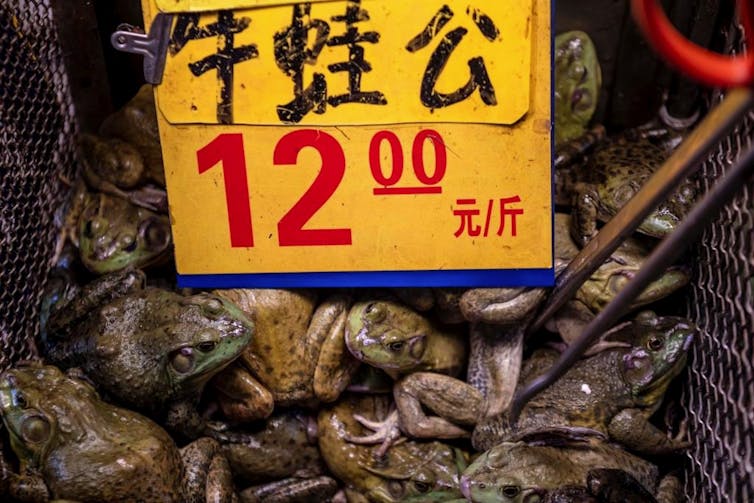Scientists link star-shredding event to origins of universe's highest-energy particles
VIDEO: AS THE STAR APPROACHES THE BLACK HOLE, THE ENORMOUS TIDAL FORCES STRETCH IT MORE AND MORE UNTIL IT IS FINALLY SHRED. HALF OF THE STELLAR DEBRIS IS FLUNG BACK INTO... view more
CREDIT: DESY, SCIENCE COMMUNICATION LAB
A team of scientists has detected the presence of a high-energy neutrino--a particularly elusive particle--in the wake of a star's destruction as it is consumed by a black hole. This discovery, reported in the journal Nature Astronomy, sheds new light on the origins of Ultrahigh Energy Cosmic Rays--the highest energy particles in the Universe.
The work, which included researchers from more than two dozen institutions, including New York University and Germany's DESY research center, focused on neutrinos--subatomic particles that are produced on Earth only in powerful accelerators.
Neutrinos--as well as the process of their creation--are hard to detect, making their discovery, along with that of Ultrahigh Energy Cosmic Rays (UHECRs), noteworthy.
"The origin of cosmic high-energy neutrinos is unknown, primarily because they are notoriously hard to pin down," explains Sjoert van Velzen, one of the paper's lead authors and a postdoctoral fellow in NYU's Department of Physics at the time of the discovery. "This result would be only the second time high-energy neutrinos have been traced back to their source."
Previous research by van Velzen, now at the Netherlands' Leiden University, and NYU physicist Glennys Farrar, a co-author of the new Nature Astronomy paper, found some of the earliest evidence of black holes destroying stars in what are now known as Tidal Disruption Events (TDEs). These findings set the stage for determining if TDEs could be responsible for producing UHECRs.
The research reported in Nature Astronomy offered support for this conclusion.
Previously, the IceCube Neutrino Observatory, a National Science Foundation-backed detector located in the South Pole, reported the detection of a neutrino, whose path was later traced by the Zwicky Transient Facility at Caltech's Palomar Observatory.
Specifically, its measurements showed a spatial coincidence of a high-energy neutrino and light emitted after a TDE--a star consumed by a black hole.
"This suggests these star shredding events are powerful enough to accelerate high-energy particles," van Velzen explains.
"Discovering neutrinos associated with TDEs is a breakthrough in understanding the origin of the high-energy astrophysical neutrinos identified by the IceCube detector at the South Pole whose sources have so far been elusive," adds Farrar, who proposed in a 2009 paper that UHECRs could be accelerated in TDEs. "The neutrino-TDE coincidence also sheds light on a decades old problem: the origin of Ultrahigh Energy Cosmic Rays."
###
The research was supported by grants from the National Science Foundation (CAREER grant 1454816, AAG grant 1616566, PIRE Grant 1545949, NSF grant AST-1518052)
DOI: 10.1038/s41550-020-01295-8

CAPTION
After the supermassive black hole tore the star apart, roughly half of the star debris was flung back out into space, while the remainder formed a glowing accretion disc around the black hole. The system shone brightly across many wavelengths and is thought to have produced energetic, jet-like outflows perpendicular to the accretion disc. A central, powerful engine near the accretion disc spewed out these fast subatomic particles.
CREDIT
DESY, Science Communication Lab











